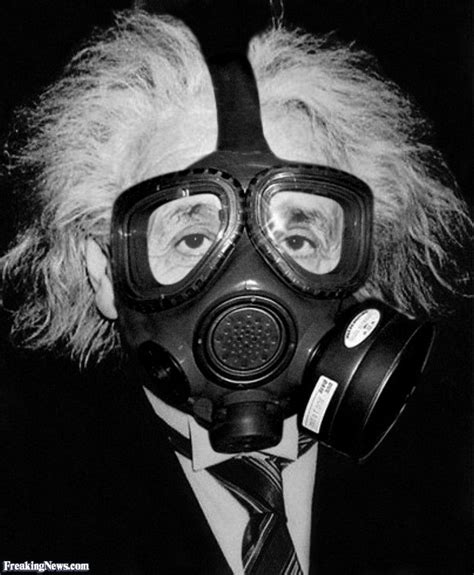In March the U.S. Environmental Protection Agency announced that it was banning ongoing uses of asbestos. People might have thought, Wait—what? Wasn’t it already banned? After all, many remember asbestos—a naturally occurring, fibrous mineral that is resistant to heat and flame but is also toxic and carcinogenic—being removed from schools and hospitals across the U.S. starting in the 1970s. The new EPA decision is welcome, of course, but it highlights the need to figure out a better process for dispensing with deadly products.
Scientific understanding of the harms of asbestos can be traced back to 1898, when British factory inspector Lucy Deane described asbestos manufacturing as one of four dusty occupations worthy of scientific observation because of “their easily demonstrated danger to the health of workers.” In 1927 the term “asbestosis” was adopted to describe a devastating lung disease often seen in asbestos workers, and doctors began to notice that victims of asbestosis often also developed lung cancer.
America was once a leader in occupational health and safety. Now we are laggards. It took 126 years for us to heed Lucy Deane’s warning about the dangers of asbestos. We need a better way to translate science into policy.



As someone who works with hazardous materials (mostly regulation and safety), let me just say:
No, there are no safe applications for asbestos, or many other hazardous materials.
There are less-dangerous applications, and there are probably times when they weighted risks point towards using it, but those uses are not safe, and almost always have other controls.
A classic example is firefighter clothing, where for a long time, asbestos was said to be a better material, despite the risks, because the risk of not using it was also very high. The people saying that are fundamentally wrong about risk. The solution was to control the risks in the different ways. Better hoses and pumps, different techniques, etc. it’s almost never a binary option,